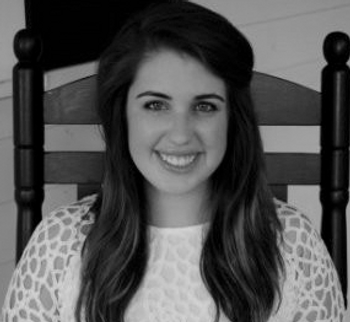UNC students blame capitalism, white supremacy for academic scandal
UNC students blamed racism and heteropatriarchal capitalism for the recent UNC academic scandal during a rally Wednesday afternoon.
A report released last week found that special classes were created for student athletes in order for them to remain grade-eligible to participate in games.
Students at the University of North Carolina at Chapel Hill blamed racism and heteropatriarchal capitalism for the recent academic scandal that has plagued the university.
Gathering Wednesday afternoon, members of the Real Silent Sam coalition gathered to share their response to the recently released “Investigation of Irregular Classes in the Department of African and Afro-American Studies at the University of North Carolina at Chapel Hill,” which found that certain classes in the former African and Afro-American Department were created simply to keep athletes grade-eligible.
undefinedTweet this
“In this space, we will not bend to the will of oppression! We will lift our voices to the administration and the world. We will reclaim our space in higher education. This is your space!” UNC senior Taylor Webber-Fields said to the crowd gathered on the front steps of one of the administrative buildings.
The Real Silent Sam is a coalition of UNC students, faculty, and community members who aim to “create honest dialogue” about Chapel Hill monuments and buildings, according to the group’s description.
On Wednesday, however, the coalition’s mission was more about the structure of the university as it rallied to “reveal ways in which our university participates in the ‘American’ system of white supremacist, heteropatriarchal capitalism and brings our understanding of what it means to be a Tar Heel into question,” according to the group’s Facebook page.
“The way that the media corrupted what happened in this space was informed by the way that blackness is understood here,” Omololu Babatunde, a UNC senior who spoke at the rally, told Campus Reform. “Society, which is reflected in the media, understands blackness in such a discredited way that it’s able to corrupt something that is much broader than one site.”
The Wainstein report, released last Wednesday, found that some classes in the former African and Afro-American Department (AFAM)—now the African, African American, and Diaspora Studies (AAAD) department—did not meet and only required one paper graded by an administrator. The classes were created by two individuals in the department in order to keep athletes grade-eligible, though other students reportedly enrolled as well.
Students and faculty at the event said they felt as though the former AFAM department was scapegoated because society does not value African-American studies.
“I guess what motivated me was my raw emotions when I first heard about the scandal,” Babatunde said. “I was angry…. It’s happening because our society doesn’t understand and doesn’t value black studies so much so that it can be scapegoated. I was motivated to do this because of my deep, deep gratitude to many people in the department and my deep gratitude to this space that shows the existence of black studies.”
Harmonyx, a student A Cappella group, and EROT Poetry, which are both part of the UNC Black Student Movement, performed pieces at the rally before students and faculty took to the podium to express their frustrations.
Tasia Harris, a UNC student who spoke at the rally, told Campus Reform that she came to the event not because she is majoring in the department or because she is an athlete, but rather because she hopes to encourage the university and the community to be more honest in realizing how oppression is maintained and what they can do to combat that.
“I think that, intentional or not, words have a lot of power and the language and proceedings of this investigation have shown that we don’t value athletes and we don’t value black studies,” she said.
The students said that they were outraged at the way in which the department was attacked while top administrators and coaches were not implicated in the report even though they would be the ones who have more contact with the athletes.
Approximately 200 students came and went during the entirety of the event.
Follow the author of this article on Twitter: @KateGrise

